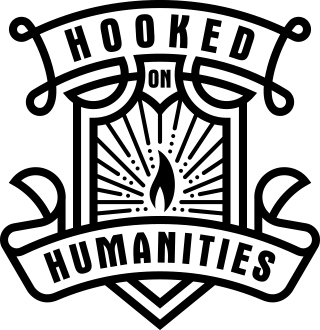This teaching resource is designed to tap into the creative side of students and encourages them to use technology to present their understanding on the extent to which the Bolsheviks changed Russian society. Students examine individual and group experiences, and the role propaganda and terror played in the period up to 1924.
A number of primary sources from the Bolsheviks form the basis of this investigation and students work collaboratively to look into the impact of the laws and decrees that were issued. It is envisaged that this challenging, yet creative task will help students gain an understanding of the far reaching consequences of Bolshevik reform prior to the Stalin period. It will set the scene for the historical debate on whether Stalinism was a product of Leninism. We hope this resource, which you will find here, will be enjoyed by students and teachers alike.
{Year 12 Russia and the Soviet Union}: Establishing a Communist State
The Bolsheviks consolidated their power beyond Petrograd with terror and violence. This 13-page resource is designed for students to work independently with a number of varied primary sources and with their texts. Students are required to structure their notes carefully and think about the impact of Bolshevik actions in the period 1917-1921. This will give classroom teachers the opportunity to work with students individually in order to gauge their understanding of the course thus far. You will find this resource here.
{Year 12 Russia and the Soviet Union}:The October Revolution
The events that led to the beginning of the Bolshevik seizure of power, while very exciting, can cause much confusion. This resource is designed to assist students to come to terms with the chronology of events and assess the role Lenin, Trotsky and the Bolsheviks played. To this end, students evaluate the leadership shown by Kerensky in the war effort and during the Kornilov Revolt. Students also evaluate the role of Menshevik leader, Martov. Students are then encouraged to explore 'what if' scenarios and examine the role of Bolshevik propaganda in the creation of a violent, Bolshevik-led revolution. We anticipate that students of Russia and the Soviet Union 1914-1945 will find the various activities in this resource enjoyable and challenging. You will find this teaching resource here.
{YEAR 12}: Russia and World War 1
This 5-page resource for the Year 12 unit Russia and the Soviet Union 1914-1945, requires students to undertake wide reading and respond to a number of source-based questions. The aim of the resource is to encourage students to question whether the collapse of Tsarist Russia was inevitable.
The resource begins with revisionist historian, Sheila Fitzpatricks' view on tsarist Russia's political position in 1914. At the conclusion of this work, students are given the opportunity to explore the 'perspective' of a secondary source. A series of questions have been included to assist students in answering this question.
At the conclusion of this task, students will be ready to explore the events surrounding the spontaneous revolution of February 1917. You will be able to download this resource here.
{YEAR 12}: Source Analysis - Russia's Ruling Elite
An examination of Russia and the Soviet Union 1914-1945, requires students to have an understanding of the nature of the ruling class at the turn of the century.
This 3-page resource provides 4 sources to stimulate robust classroom discussion about tsarism and particularly, the nature of Tsar Nicholas II's rule.
The resource sheds light on the changes that had taken place as a result of the Emancipation Act of 1861. In particular, students will note the shifting of political power away from the nobility and the growth of the bureaucracy which comprised of the new educated classes who sought constitutional reform. You will find this resource here.





